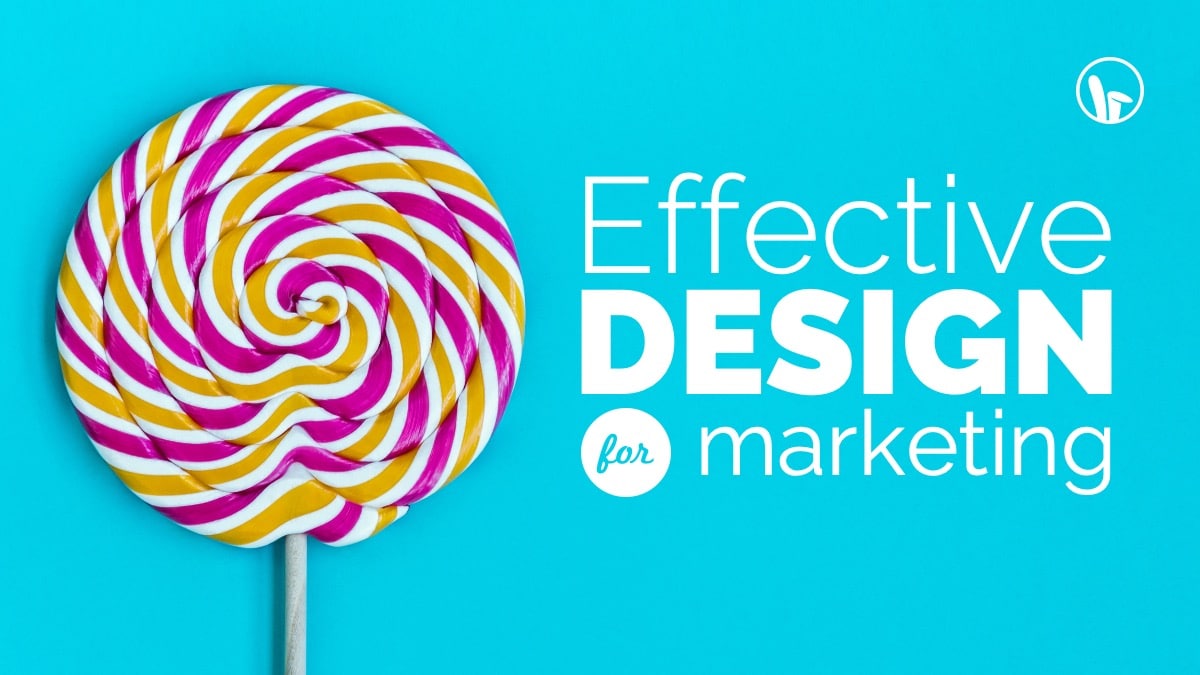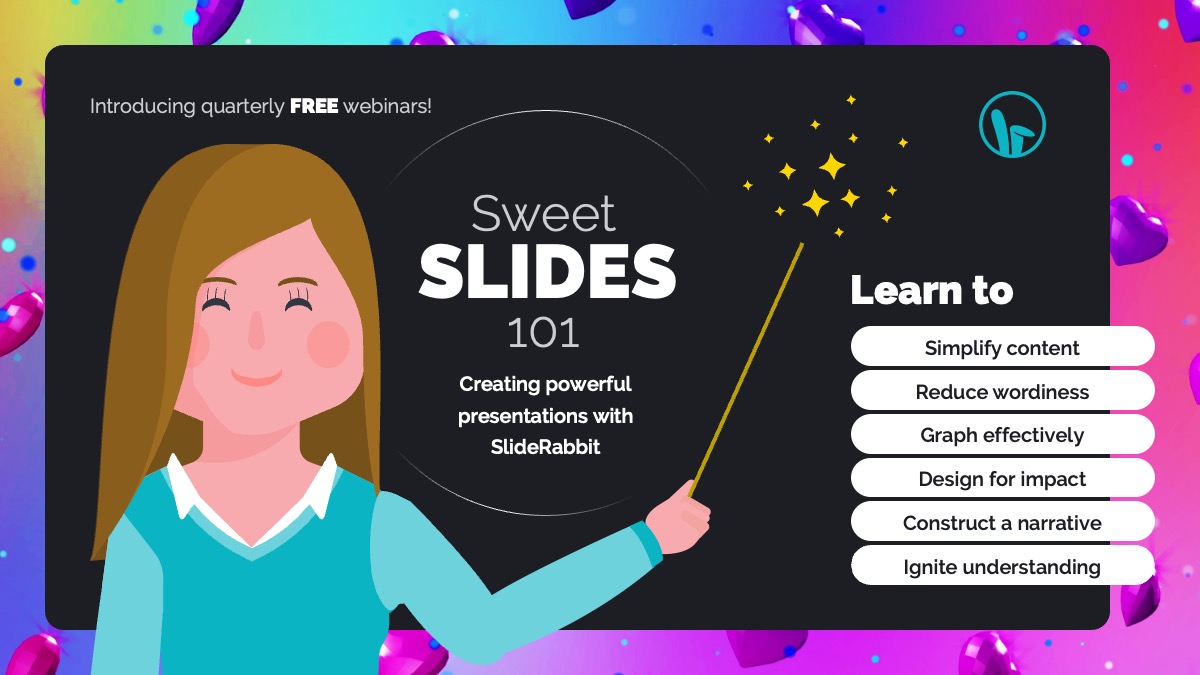Effective Presentation Design Principles Every Marketer Should Know
Presentations are a vital communication tool for marketers, covering a wide spectrum from delivering persuasive sales pitches to gaining executive buy-in for marketing budgets to presenting data on performance metrics. Crafting impactful marketing presentations requires more than just information — it demands an understanding of excellent presentation design.
A marketing presentation needs to leave a lasting impact on the audience, often leading them to take a desired action. There are some key principles of design every marketer should know to ensure your presentations are motivating and impressive. Let’s dive in!
4 key principles of design in marketing presentations
Marketers face unique challenges as they regularly engage with varied audiences, both internally and externally within an organization. They represent the company’s brand and have the job of selling the company regardless of the type of presentation. It’s important for marketers to keep in mind four presentation design principles to ensure an effective marketing presentation.
-
1. Consistent brand identity
A company’s brand is everything. From logos to colors and fonts to messaging, every aspect of a brand must remain consistent across all forms of communication. With marketing presentations, a consistent brand identity is imperative. Every marketing team member should create presentations with consistent branding to ensure a cohesive brand identity.
Imagine if multiple marketing presentations were created across a company using different fonts, varying colors, and contrasting design elements. Static outdated illustrations may be used in one presentation while trendy animations are used in another. This makes the brand look disjointed, leaving a negative impact on key stakeholders.
Companies can benefit from having a professionally designed presentation template that incorporates all aspects of their brand, ensuring a consistent presentation design is used throughout the organization. Along with the presentation, template training can also be helpful to instruct team members on how to utilize the template and all its functionality, as well as ensure everyone follows brand guidelines.
-
2. Simplicity and conciseness
It’s easy to lose an audience with complex information. Simplifying the design, messaging, and narrative in a presentation is vital to keeping an audience engaged. Being concise also helps to drive your important messages home.
Slides that are overloaded with text and data can be overwhelming. Too much information and the key message gets lost. Each slide should have one main idea you want to convey and focus on getting that single point across. Using simplified data, messaging, and design elements — though not all simultaneously — enables the audience to focus solely on the singular main point.
Have you ever sat through a presentation inundated with text on each slide? Did you manage to read it all and retain the information? Most likely not. Marketers often make the mistake of attempting to incorporate their entire narrative in presentations. But using concise messaging on your slides simplifies complex ideas helping to hone in on the main message and allowing you to use your narrative to delve into further details.
-
3. Stand-out design
The design can make or break a marketing presentation. Whether you want to wow your audience with impressive animations and motion graphics or convey important data, the design of these elements will play a big role.
Design elements such as animations can be used in storytelling to lead audiences through your presentation and capture their attention. For instance, a marketing presentation for a new product launch where animated visuals illustrate the evolution of the product can help guide the audience through its history and transformation.
Integrating videos and imagery can bring concepts to life, making complex ideas more accessible. As the saying goes, “a picture is worth a thousand words,” and illustrations and images help convey ideas in a visually appealing manner that words may struggle to achieve.
Graphs serve as a powerful tool in marketing presentations, often used to showcase trends or impressive metrics. But choosing the right type of graph is important. For example, when displaying upwards trends in revenue growth in a marketing report presentation, a bar graph is a good choice. And if you want to enhance the impact of a data point, such as a substantial year-over-year increase, motion graphics can add a dynamic element to data visualization.
While illustrations, animations, graphs, and images are often the focal point in presentation design, subtle design elements should not be overlooked. Consider how slide backgrounds, font choices, and colors each play a role in making the primary elements of a presentation stand out. A cohesive color schema and carefully chosen fonts can enhance the overall design, creating a polished and professional presentation.
No matter what design elements your marketing presentation includes, it’s important to create the right balance between a creative impactful design and an informative presentation.
-
4. Keeping up with presentation design trends
Nothing puts an audience to sleep faster than a boring presentation that looks like it was created decades ago. Every marketer knows that staying on top of industry and marketing trends is a vital part of their job. And that includes keeping up with presentation design trends as well.
Whether your marketing presentation calls for interactive infographics, video to tell a compelling story, or dynamic typography to showcase impactful messaging, incorporating the latest design trends will level up your presentation. Static graphics and commonly used fonts can make your presentation — and your brand — look outdated. Integrating the latest design trends in your marketing presentations can convey to your audience that you keep up with all the latest trends.
Some of the latest presentation design trends you may consider incorporating in your marketing presentations:
-
- Interactive infographics to grab attention and engage audiences
- Dynamic typography to create powerful and memorable messaging
- Minimal aesthetics to simplify complex ideas and keep the focus on your message
- Custom illustrations that are personalized for your brand to help convey your story
- Integrating a video-first approach to enhance storytelling
- Embracing dark mode to show visual sophistication and improve readability of information
Incorporating the principles of design in your marketing presentations
Following these four presentation design principles can enhance your presentations to reach your desired marketing goals. With consistent branding, concise messaging, and impressive designs following the latest presentation design trends, you can create compelling and influential presentations. Learn more: Excellent Presentation Design: 7 Things to Know.
Whether you’re presenting in a boardroom to a prospective client, internally to key stakeholders, or at a conference to a large audience, the design can make or break your presentation. Let us help elevate your presentation design!
Did you know we’re launching a FREE webinar series?
Sweet Slides 101: Creating Powerful Presentations with SlideRabbit will focus on crucial presentation skills to make your slides sing. Register for the first session: Wordy to Wow!
Learn all of the effective presentation design principles that set the best presentations apart.
We’ll be announcing topics and dates soon, so be sure to follow or subscribe to avoid missing out!








Leave A Comment
You must be logged in to post a comment.